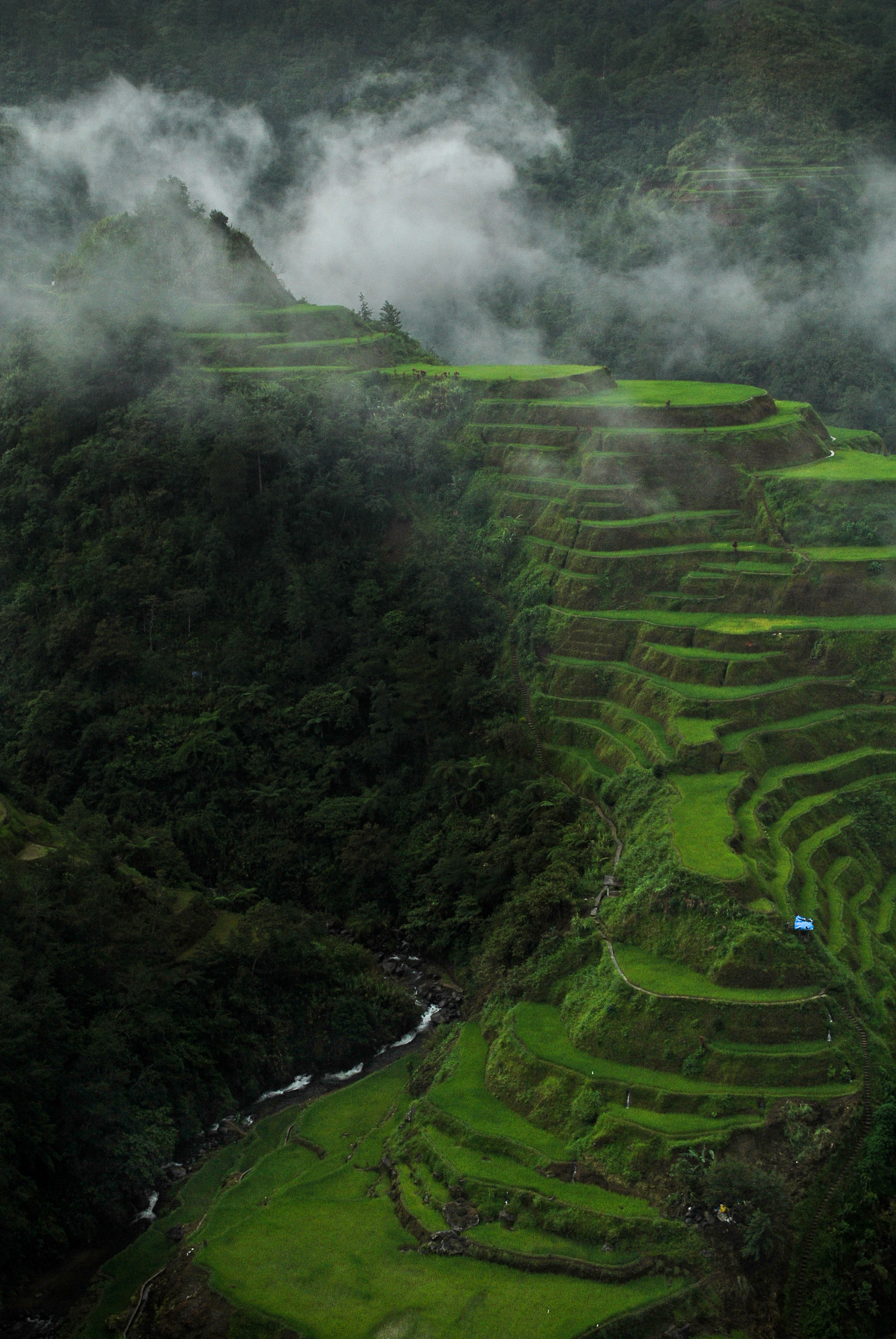|
Archdiocesan Chancery
The Archdiocesan Chancery is a heritage house in the City of San Fernando, Pampanga. It was the former residence of Luis Wenceslao Dison and Felisa Hizon that was purchased by the Roman Catholic Archdiocese of San Fernando The Roman Catholic Archdiocese of San Fernando ( lat, Archidioecesis Sancti Ferdinandi; fil, Arkidiyosesis ng San Fernando; es, Arquidiócesis de San Fernando; Kapampangan: ''Arkidiosesis ning San Fernando'') is the archdiocese of the Latin Chur .... It is now being used as the Archdiocesan Chancery. {{Philippine Registry of Cultural Property Cultural Properties of the Philippines Buildings and structures in San Fernando, Pampanga Landmarks in the Philippines Heritage Houses in the Philippines ... [...More Info...] [...Related Items...] OR: [Wikipedia] [Google] [Baidu] |
City Of San Fernando, Pampanga
San Fernando, officially the City of San Fernando ( pam, Lakanbalen ning Sampernandu; fil, Lungsod ng San Fernando), is a 1st class component city and capital of the province of Pampanga, Philippines. According to the 2020 census, it has a population of 354,666 people. It is the regional center of Central Luzon and located north of Manila, east of Subic in Zambales, south of Tarlac City in Tarlac, and south of Clark Air Base in Angeles City. The city is named after King Ferdinand VI of Spain and placed under the patronage of Saint Ferdinand III of Castile and León, whose feast is celebrated every May 30. Popularly known as the "Christmas Capital of the Philippines", the city holds the annual Giant Lantern Festival every December where large ''parol'' are displayed in competition. CNN has hailed the city as 'Asia's Christmas capital.' History The town of San Fernando was founded in 1754 from the towns of Bacolor and Mexico. The first church was built in 1755 with w ... [...More Info...] [...Related Items...] OR: [Wikipedia] [Google] [Baidu] |
Roman Catholic Archdiocese Of San Fernando
The Roman Catholic Archdiocese of San Fernando ( lat, Archidioecesis Sancti Ferdinandi; fil, Arkidiyosesis ng San Fernando; es, Arquidiócesis de San Fernando; Kapampangan: ''Arkidiosesis ning San Fernando'') is the archdiocese of the Latin Church of the Catholic Church in Pampanga, Philippines which has territorial jurisdiction over the whole province of Pampanga and Angeles City. The archdiocese is also the metropolitan see of the ecclesiastical province of the same name, which also include three dioceses of its surrounding provinces of Bataan (Diocese of Balanga), Zambales (Diocese of Iba), and Tarlac ( Diocese of Tarlac). The cathedral church and seat of the archdiocese is the Metropolitan Cathedral of San Fernando (Pampanga). The Virgin Mary, under the title Virgen de los Remedios, is the principal patroness. Its suffragan dioceses of Balanga, Iba, and Tarlac, along with the dioceses of San Jose and Cabanatuan in Nueva Ecija (both suffragans of Archdiocese of Lingayen-Dagup ... [...More Info...] [...Related Items...] OR: [Wikipedia] [Google] [Baidu] |
Cultural Properties Of The Philippines
These lists contain an overview of the government recognized cultural properties in the Philippines. The lists are based on the official lists provided by the National Commission for Culture and the Arts, National Historical Commission of the Philippines, and the National Museum of the Philippines. The lists have been subdivided per region. Cultural sites by region *List of Cultural Properties of the Philippines in Metro Manila * List of Cultural Properties of the Philippines in the Cordillera Administrative Region *List of Cultural Properties of the Philippines in the Ilocos Region *List of Cultural Properties of the Philippines in Cagayan Valley *List of Cultural Properties of the Philippines in Central Luzon * List of Cultural Properties of the Philippines in Calabarzon *List of Cultural Properties of the Philippines in Mimaropa * List of Cultural Properties of the Philippines in the Bicol Region *List of Cultural Properties of the Philippines in Western Visayas *List of ... [...More Info...] [...Related Items...] OR: [Wikipedia] [Google] [Baidu] |
Buildings And Structures In San Fernando, Pampanga
A building, or edifice, is an enclosed structure with a roof and walls standing more or less permanently in one place, such as a house or factory (although there's also portable buildings). Buildings come in a variety of sizes, shapes, and functions, and have been adapted throughout history for a wide number of factors, from building materials available, to weather conditions, land prices, ground conditions, specific uses, prestige, and aesthetic reasons. To better understand the term ''building'' compare the list of nonbuilding structures. Buildings serve several societal needs – primarily as shelter from weather, security, living space, privacy, to store belongings, and to comfortably live and work. A building as a shelter represents a physical division of the human habitat (a place of comfort and safety) and the ''outside'' (a place that at times may be harsh and harmful). Ever since the first cave paintings, buildings have also become objects or canvasses of much artistic ... [...More Info...] [...Related Items...] OR: [Wikipedia] [Google] [Baidu] |
Landmarks In The Philippines
A landmark is a recognizable natural or artificial feature used for navigation, a feature that stands out from its near environment and is often visible from long distances. In modern use, the term can also be applied to smaller structures or features, that have become local or national symbols. Etymology In old English the word ''landmearc'' (from ''land'' + ''mearc'' (mark)) was used to describe a boundary marker, an "object set up to mark the boundaries of a kingdom, estate, etc.". Starting from approx. 1560, this understanding of landmark was replaced by a more general one. A landmark became a "conspicuous object in a landscape". A ''landmark'' literally meant a geographic feature used by explorers and others to find their way back or through an area. For example, the Table Mountain near Cape Town, South Africa is used as the landmark to help sailors to navigate around southern tip of Africa during the Age of Exploration. Artificial structures are also sometimes built to a ... [...More Info...] [...Related Items...] OR: [Wikipedia] [Google] [Baidu] |


